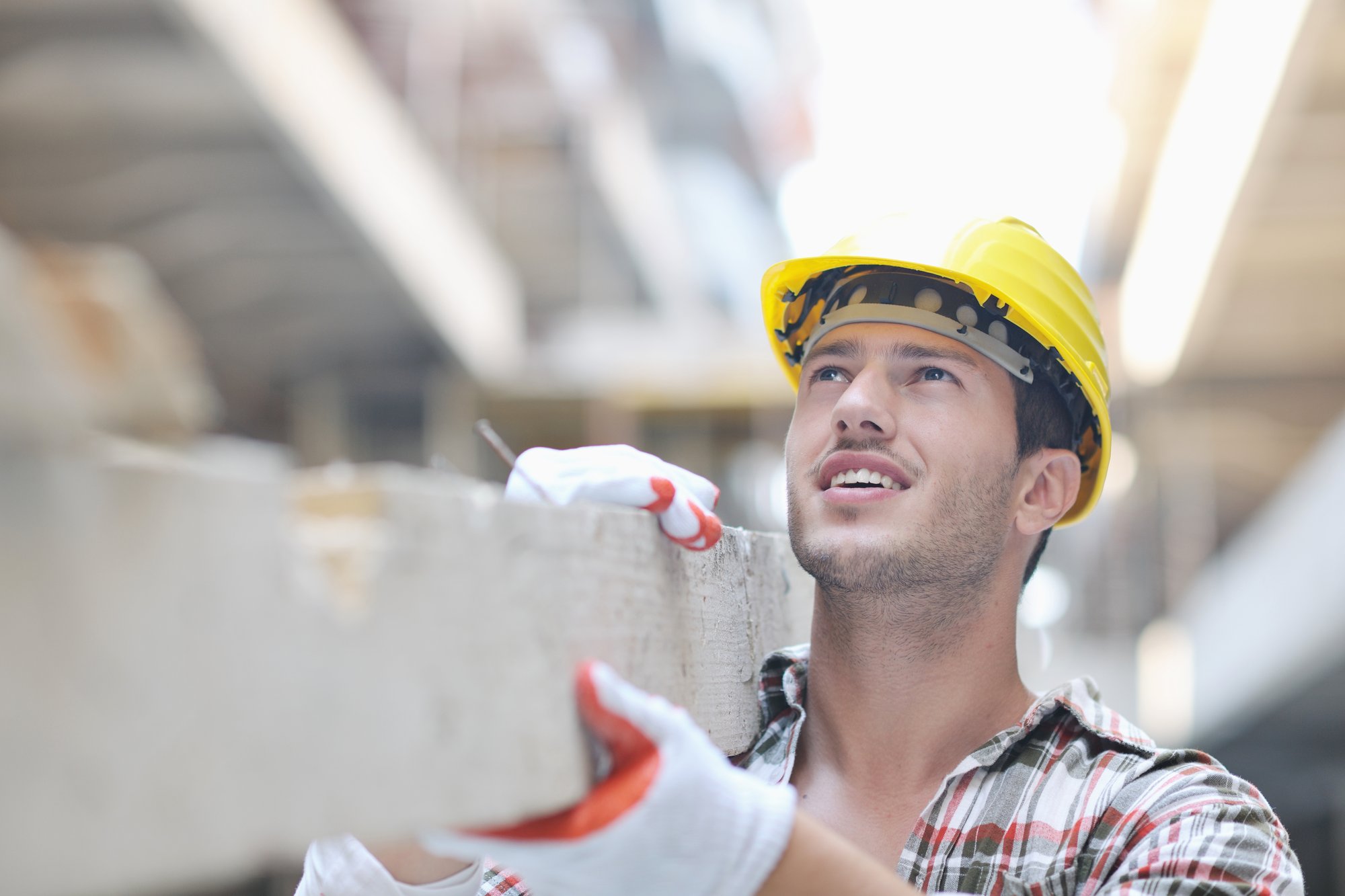The ability to afford stable and adequate housing can significantly impact a family’s well-being. In 2018, more than half of all households in Louisiana fell below the ALICE Threshold, meaning they did not earn enough money to meet their basic needs, such as adequate housing. Good reliable housing protects families from harmful exposures and provides them with a sense of privacy, security, and stability. Poor-quality housing contributes to health problems such as infectious and chronic diseases, as well as mental health problems, such as anxiety, stress, and low self-esteem. Moreover, inadequate housing can reduce children’s ability to do homework, can lead to conflict among family members, and can inhibit overall childhood development.[i] This indicator is the percent of households with at least one of four housing problems: overcrowding, high housing costs, and/or lack of kitchen or plumbing facilities. Data reported here is prior to the COVID-19 pandemic, though it will likely exacerbate existing rates of severe housing problems.





